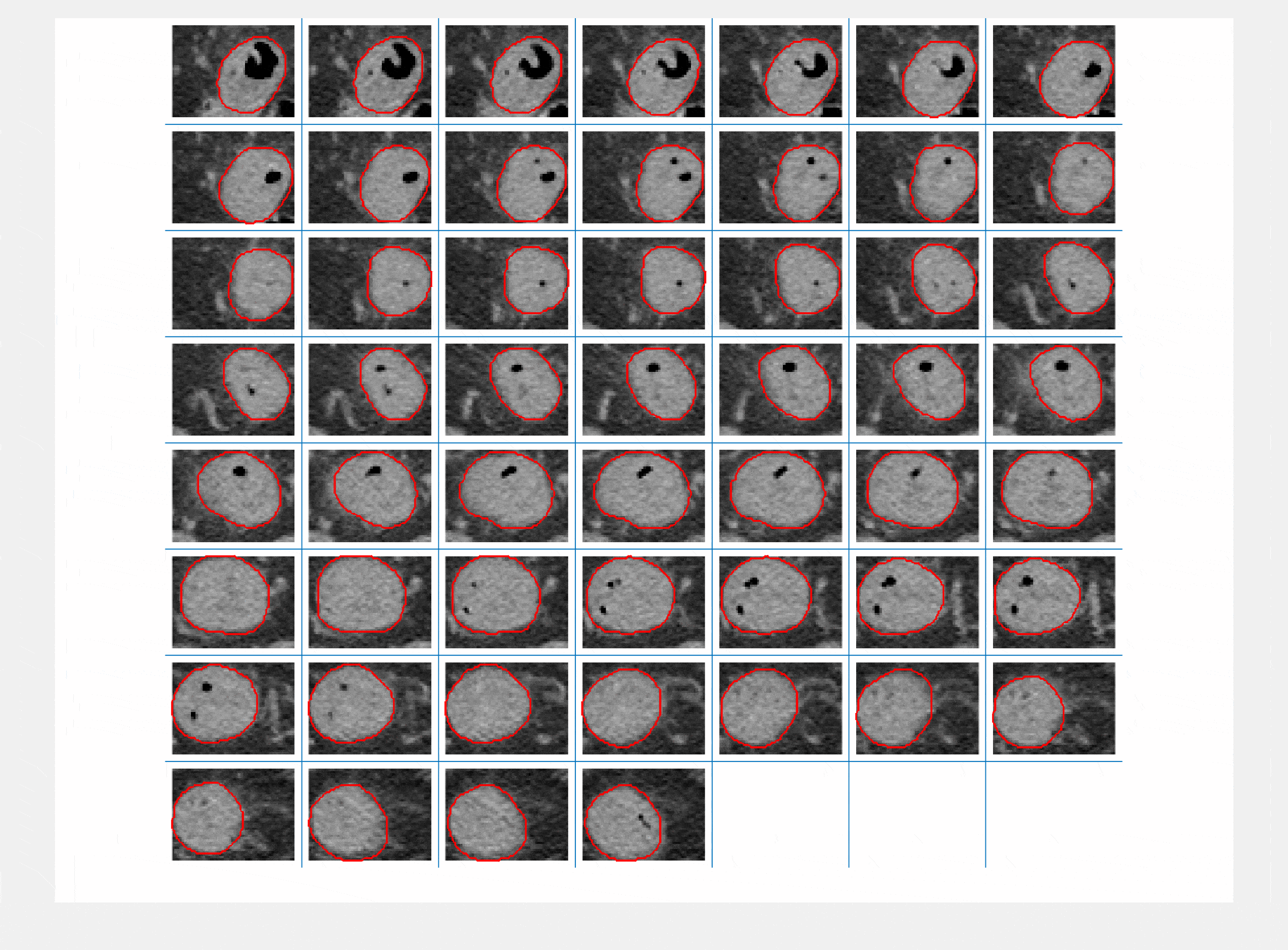
What is Radiomics?
Radiomics is a field of medical research that involves the analysis of medical imaging data and the extraction of a large number of quantitative features from medical images, such as CT scans, MRI scans, and PET scans. These features can be used to predict patient outcomes or to classify different types of diseases.
Radiomics can be used to improve diagnosis, prognosis, and treatment planning in a variety of medical specialties, including oncology, neurology, and cardiology. It can also be used to identify subtle changes in tissue that may not be visible to the human eye, such as changes in the density, texture, homogeneity and heterogeneity of tissues.
Radiomics is a rapidly growing field. By analysing large datasets of medical images, radiomics can help to identify patterns and relationships that may not be apparent to human observers, and to use these patterns to improve the accuracy and precision of diagnoses and treatment plans.
Radiomic analysis can be achieved in tumour regions, metastatic lesions, as well as in normal tissues. Its advantage relies on the fact that it offers the ability to infer the phenotype of the entire tumour instead of selective sample biopsies and offers an efficient and non-invasive means to diagnose, stage and provide key prognostic insights that will inform therapeutic recommendations.
What is SPAARC?
SPAARC is a recursive acronym standing for Spaarc Pipeline for Automated Analysis and Radiomics Computing. SPAARC is a highly standardised package for the extraction of radiomic features from medical imaging including: 23 Morphology, 18 Intensity-based Statistics, 23 Intensity Histogram, 7 Volume Histogram, 25 Gray Level Co-occurrence Matrix, 16 Gray Level Run Length Matrix, 16 Gray Level Size Zone Matrix, 16 Gray Level Distance Zone Matrix, 5 Neighbourhood Gray Tone Difference Matrix, and 16 Neighbourhood Gray Level Dependence Matrix.
SPAARC supports radiomic feature extraction in both 2D and 3D and includes a total of 165 imaging features that have been standardized following the Image Biomarker Standardisation Initiative (IBSI) guidelines.
In addition, SPAARC implements the following IBSI stadardised convolutional filters: Mean, Laplacian-of-Gaussian, Laws Kernels, Gabor Kernels, Separable Wavelets, Nonseparable Wavelets and Riesz Transformations. SPAARC provides a thoroughly tested package for reproducible radiomic feature extraction.

Alongside feature extraction and batch processing, SPAARC provides several visualisation options, including montages for regions of interest and 3D morphological assessment.

